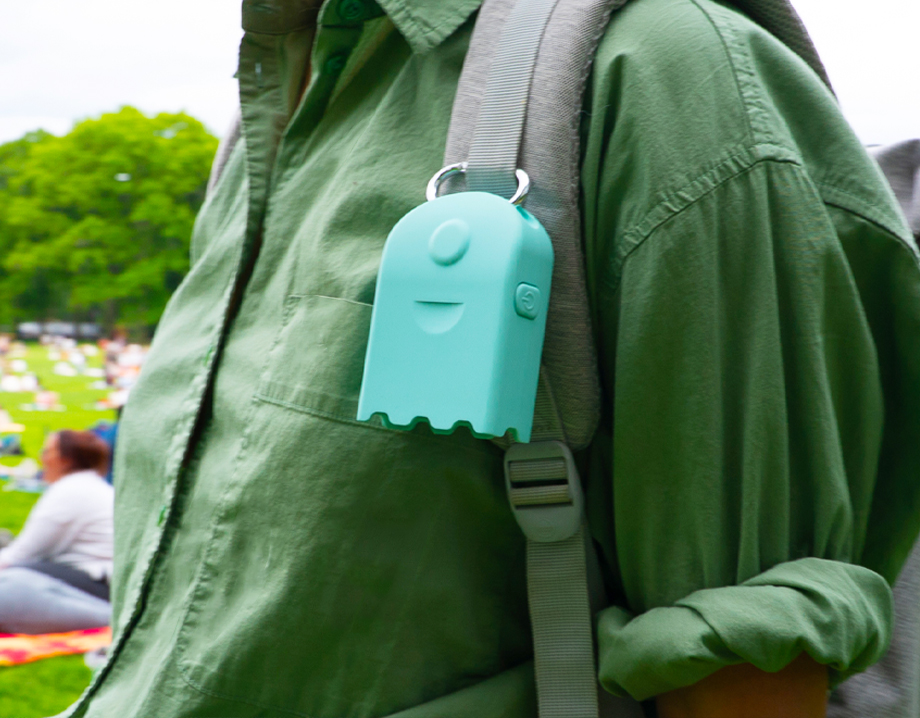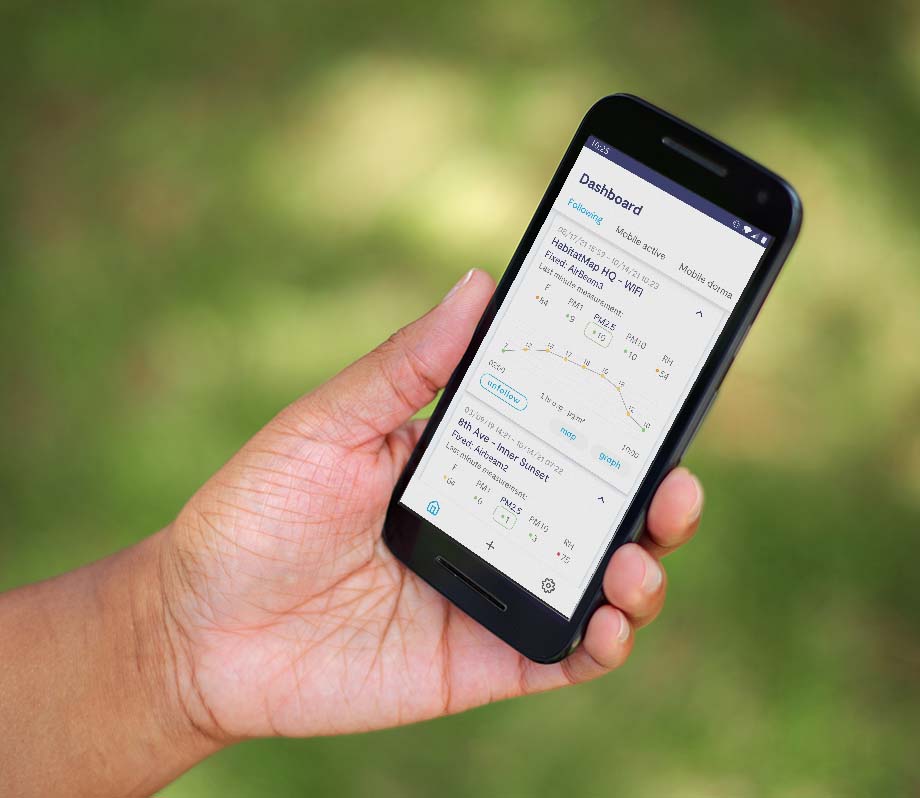Your cart is empty.
AirCasting is an open-source environmental data visualization platform that consists of a smartphone app and online mapping system.
The application collects measurements from HabitatMap’s AirBeam and other health and environmental monitoring devices and relays it to the maps. With thousands of AirBeams measuring particulate matter worldwide and billions of data points, the AirCasting platform is the world's largest open-source, open-access database of community-collected air quality measurements. By documenting and leveraging health and environmental data to inform personal decision-making and public policy, the AirCasting platform empowers community-based organizations, educators, academics, regulators, city managers, and community scientists to map air pollution and organize for clean air.



AirBeam is a low-cost, palm-sized air quality instrument that measures hyperlocal concentrations of harmful microscopic particles in the air, known as particulate matter, as well as humidity and temperature. The AirBeam measures particulate matter with proven accuracy and when used in conjunction with the AirCasting platform - or a custom solution - helps community-based organizations, educators, academics, regulators, city managers, and community scientists map air pollution and organize for clean air.
How it Works
The AirBeam measures harmful microscopic air particles (particulate matter), humidity, and temperature. In mobile mode, the AirBeam can be worn to capture personal exposures. In fixed mode, it can be installed indoors or outdoors - it’s weather resistant and doesn’t need a shelter - to keep tabs on pollution levels in your home, office, backyard, or neighborhood 24/7.
Learn More
